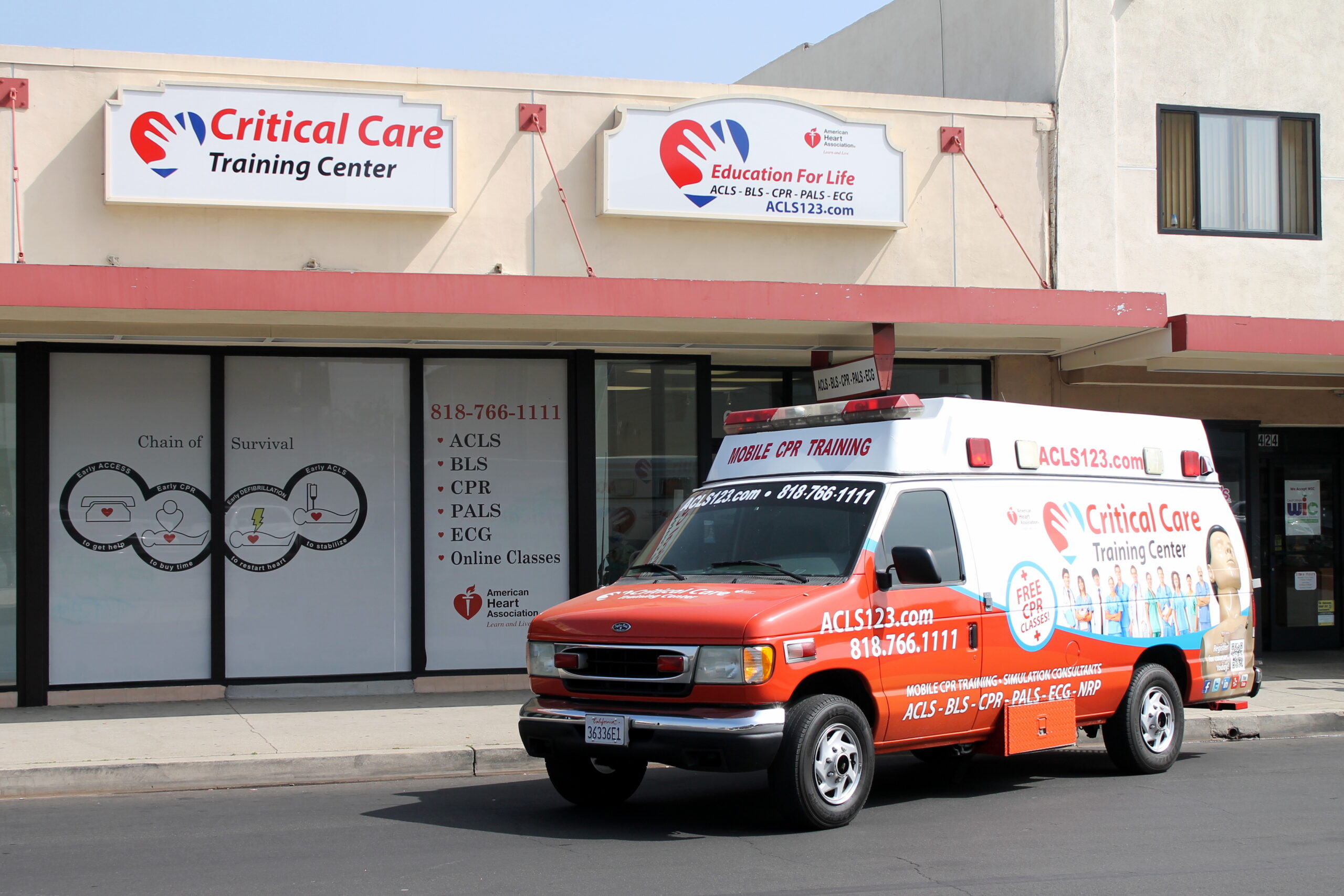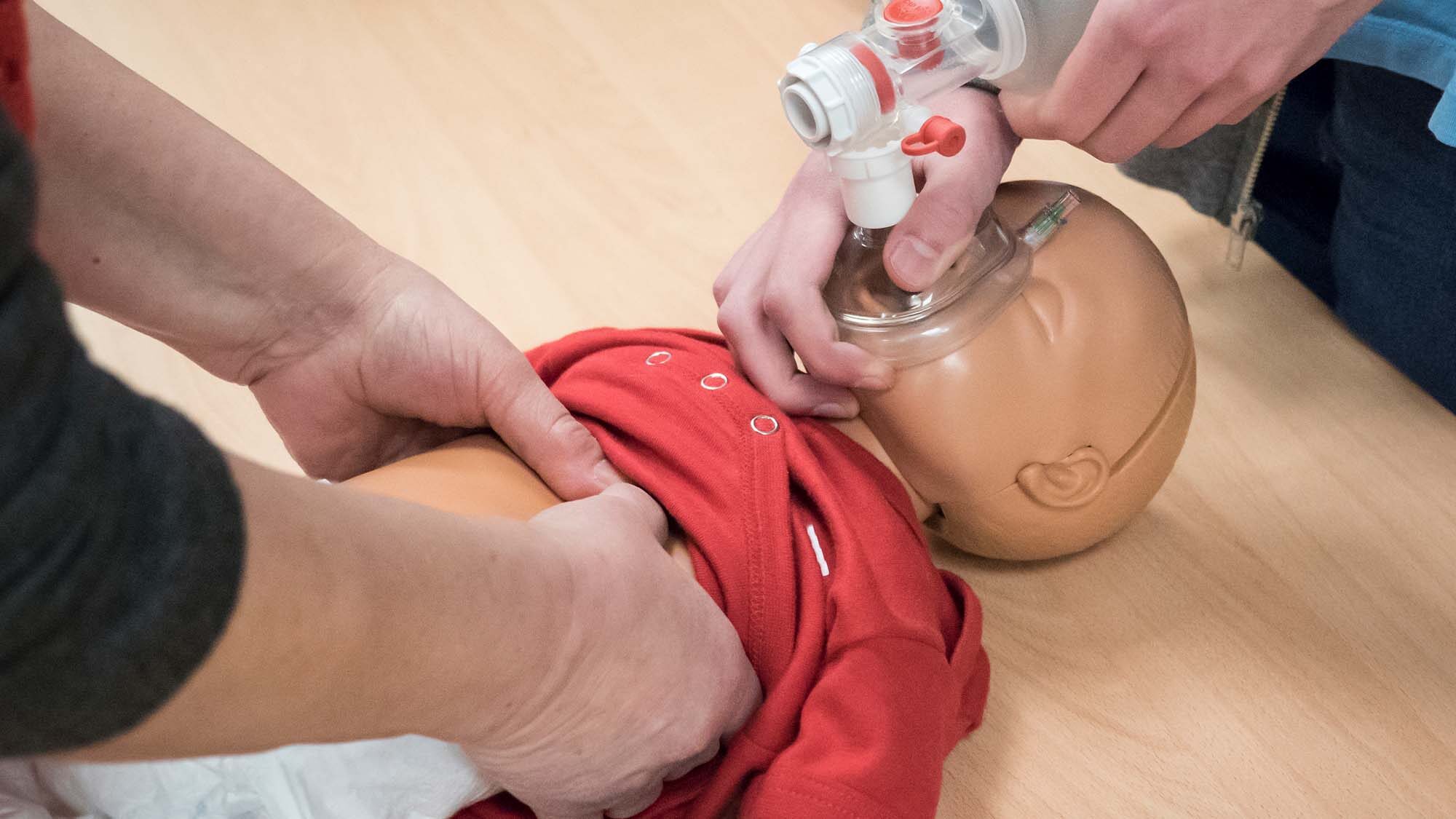Essay by: ISP059
In October 2010, the American Heart Association released a new set of guidelines for Basic Life Support or CPR (Cardiopulmonary Resuscitation). The old guideline and mnemonic A-B-C was changed to C-A-B. C stands for Chest Compressions, A stands for Airway, and B is for Breathing. Health professionals and other trained individuals have followed the old guidelines for as long as we can remember. Changing A-B-C to C-A-B is close to reversing the whole process as we know it. So why the sudden change?
When the heart stops as evidenced by a lack of pulse, is a very crucial situation that needs immediate intervention where every second counts otherwise body cannot survive. The heart, as we know, is the central pump organ that delivers the much needed oxygenated blood to the entire body. When it stops working, circulation stops, the lack of oxygenated blood to the body especially to one very vital organ- the brain, can result to severe damages. The brain literally feeds on oxygen every second. A minute’s lack of supply can cause brain tissues to die. Brain damage can occur within just a few minutes. Ultimately, brain death can occur within 8 to 10 minutes. For this reason, chest compressions, a method that simulates the work of the heart by helping move blood around again, is so important that it has to be on top of our life-saving to-do list. The old system of establishing airway first and giving rescue breaths caused significant delay. Whereas, starting chest compressions as early as possible before further medical assistance arrives can save many lives.
As a healthcare professional myself, it is imperative that I follow all updates on medical guidelines and to fully understand their importance. Without such updates, we are blind from the effectiveness of our treatments and interventions. Therefore, nurses and other healthcare professionals should dedicate themselves to continually expanding their knowledge and improving the profession.









